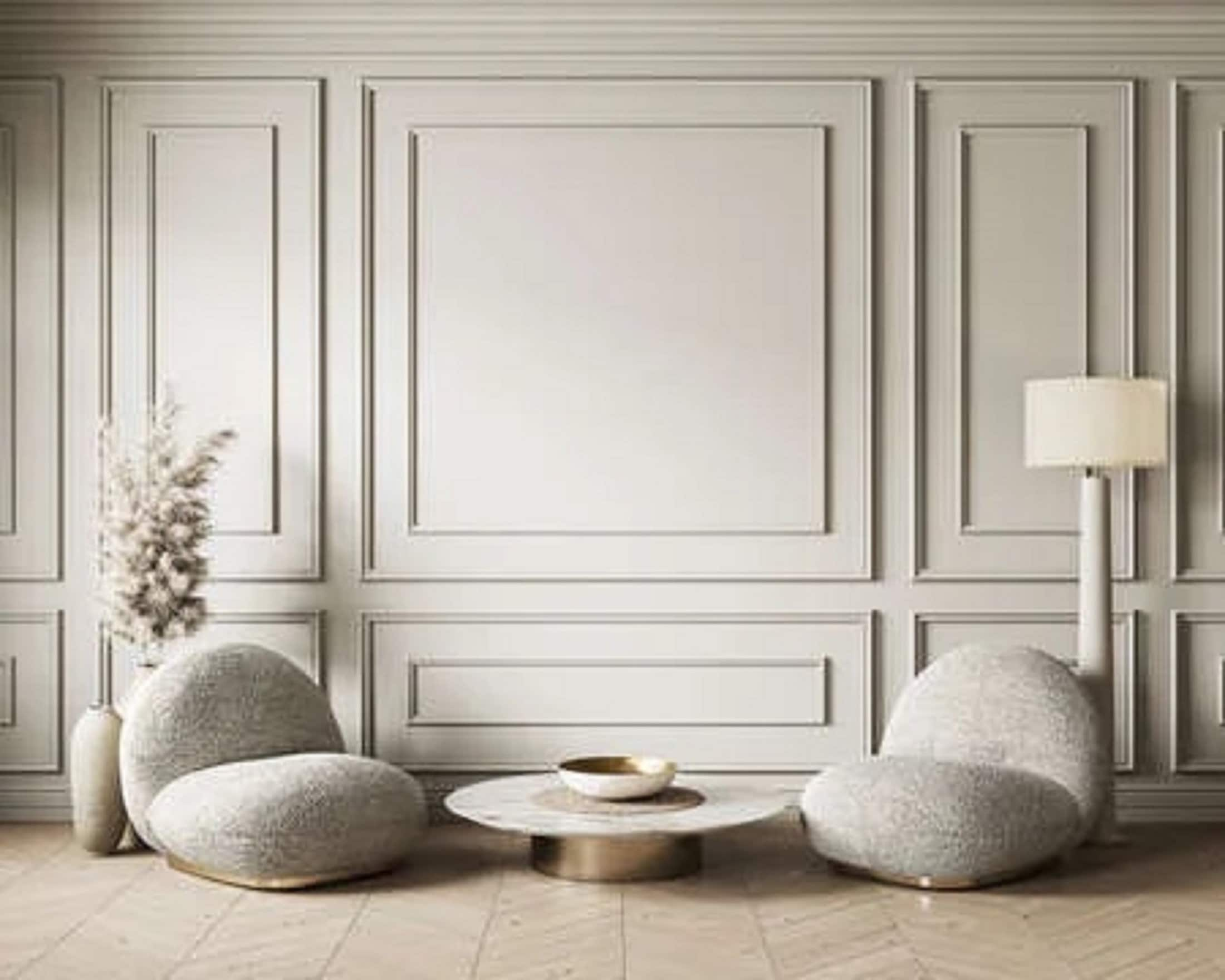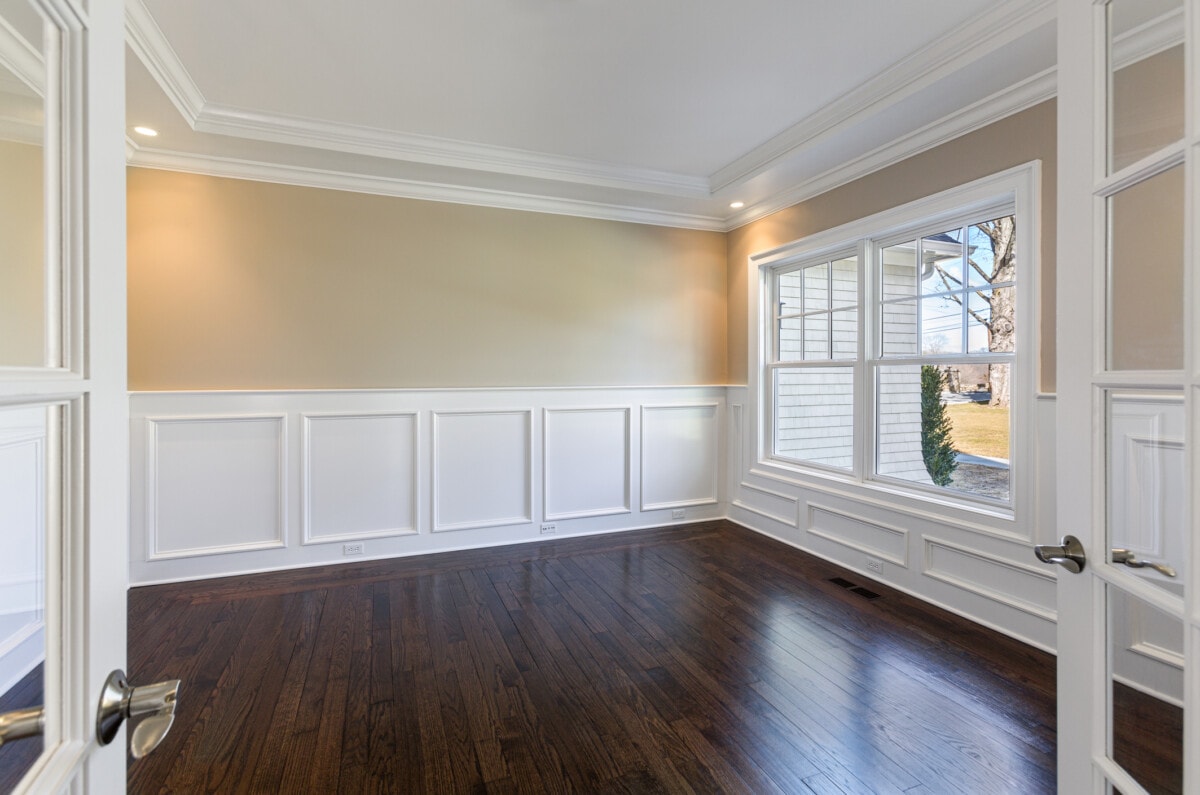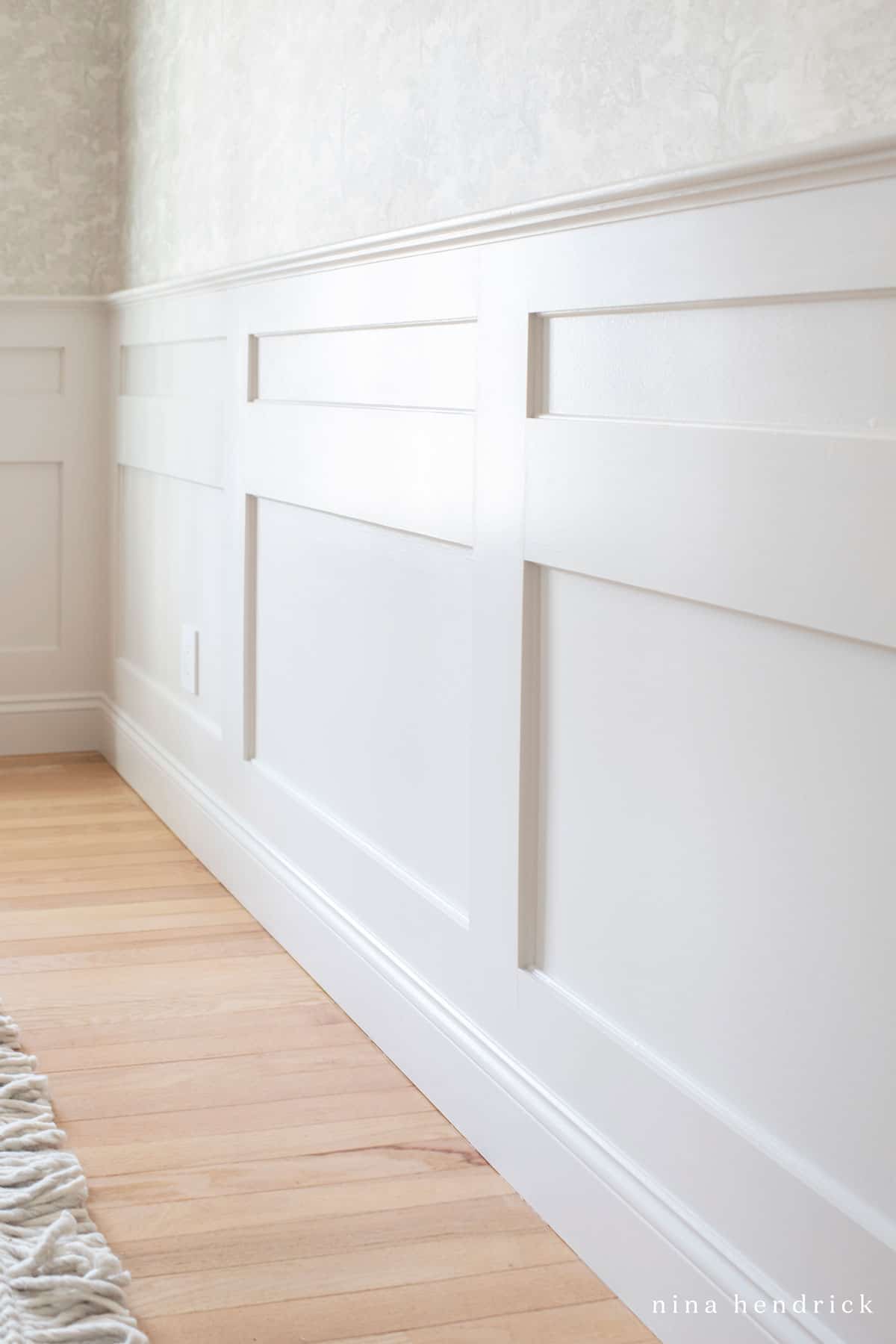Welcome to a journey through the art of decorative molding! Whether you’re looking to add elegance to your living room or a touch of sophistication to your hallway, decorative molding for walls can do wonders. Having personally experimented with various styles of molding in my own home, I can attest to the transformative power of these architectural details.
What is Decorative Molding?
Decorative molding refers to the range of trim and embellishments added to walls, ceilings, and spaces where they meet. These architectural features not only enhance the aesthetic appeal of a room but also create dimension and character.
Types of Decorative Molding
Crown Molding
Crown molding is installed at the junction of walls and ceilings, providing a sophisticated finish. It comes in various designs, from simple to ornate, and can significantly elevate a room’s look.
Pros of Crown Molding
- Adds height and visual interest
- Conceals imperfections where walls meet ceilings
- Available in various materials and styles
Cons of Crown Molding
- Installation can be challenging
- Costs can add up depending on material choice

Baseboard Molding
Baseboard molding runs along the bottom of your walls, providing a clean finish where the wall meets the floor. It protects the walls from furniture scuffs and adds a polished look.
Pros of Baseboard Molding
- Enhances the overall design of a room
- Durable protection for walls against wear and tear

Cons of Baseboard Molding
- May require painting or staining
- Installation can be tricky if not done properly
Chair Rail Molding
Chair rail molding is typically placed around 30 to 36 inches from the floor, originally designed to protect walls from being damaged by chair backs. Today, it’s a design element that adds visual interest.

Pros of Chair Rail Molding
- Defines space and adds color separation
- Offers protection for walls
Cons of Chair Rail Molding
- Can be tricky to install at the correct height
- May not suit all decor styles

Picture Frame Molding
Picture frame molding can create a gallery-like appearance on your walls. It frames sections of the wall and can be used with or without artwork.
Pros of Picture Frame Molding
- Great for adding character to large walls
- Can enhance the aesthetic of a room dramatically

Cons of Picture Frame Molding
- Requires careful planning and installation
- Can become costly depending on the design
Choosing the Right Material for Decorative Molding
Different materials can be used for molding, and each has its own pros and cons:

| Material | Pros | Cons |
|---|---|---|
| Wood | Durable, customizable, classic look | Can warp or crack, requires maintenance |
| Polyurethane | Lightweight, moisture-resistant, easy to install | Less authentic look, can be less sturdy |
| Polystyrene | Budget-friendly, easy to cut and install | Less durable, can become brittle over time |
| Gypsum | Great for intricate designs, very sturdy | Heavy, requires professional installation |
Benefits of Using Decorative Molding
Enhances Aesthetic Appeal
One of the most significant benefits is the enhancement of your room’s aesthetic. Decorative molding serves as a statement piece, effortlessly adding character and charm.

Increases Property Value
Well-executed molding can increase the perceived value of your home, making it more appealing to potential buyers.
Creates Visual Interest
Molding draws the eye upwards or creates focal points in rooms, helping to break up large wall spaces.
How to Install Decorative Molding
Tools You Will Need
- Miter saw
- Nail gun or hammer
- Stud finder
- Level
- Measuring tape
- Adhesive for extra support
Step-by-Step Installation Guide
- Measure and Mark: Carefully measure the lengths of molding you need, and mark where they will be placed on the wall.
- Cut the Molding: Use a miter saw to cut angles for corner joints with precision.
- Attach the Molding: Start with the longest piece, securing it with a nail gun. Ensure it is level.
- Fill Gaps: Use caulk to fill any gaps or seams for a seamless look.
- Paint or Stain: Finish by painting or staining the moldings to match your decor.
Common Mistakes to Avoid
- Inaccurate measurements leading to gaps or overlaps
- Using the wrong type of adhesive
- Neglecting to paint or finish before installation
Creative Ideas for Using Decorative Molding
Accent Walls
Use molding to create accent walls with picture frame designs that can be painted in bold colors for added visual impact.
In Home Offices
Install molding in your home office to create a more professional and inviting environment.
In Children’s Rooms
Use fun patterns and colors with molding to create imaginative spaces for children.
Maintenance Tips for Decorative Molding
- Regularly dust to prevent buildup.
- Check for gaps or cracks and repair as necessary.
- Repaint or stain as needed to maintain appearance.
Cost Analysis of Decorative Molding
The cost of decorative molding can vary based on material, style, and installation. Here’s a breakdown:
| Material | Price per Linear Foot | Installation Cost |
|---|---|---|
| Wood | $2 – $6 | $1 – $3 |
| Polyurethane | $1 – $4 | $0.50 – $2 |
| Polystyrene | $0.50 – $2 | $0.25 – $1 |
| Gypsum | $3 – $8 | $2 – $5 |
Frequently Asked Questions
1. What is the best type of decorative molding for residential use?
The best type often depends on your style preference and budget. Wood molding is classic for formal spaces, while polyurethane offers a cost-effective, lightweight option.
2. Can I install decorative molding by myself?
Yes! With the right tools and patience, many homeowners successfully install decorative molding themselves. However, professional installation may be preferable for complex designs.
3. How do I choose the right size of decorative molding?
Generally, larger rooms can accommodate wider moldings. Make sure to consider the height of your ceilings as well; higher ceilings can handle taller moldings effectively.
4. Does decorative molding go out of style?
While trends may change, classic decorative molding generally remains timeless. Styles evolve, but the elegance of molding typically stays relevant.
5. How can I clean and maintain my decorative molding?
Regular dusting with a microfiber cloth is essential. For deeper cleaning, mild soap and water can be used. Avoid harsh cleaners that might damage paint or finishes.
Conclusion
Decorative molding offers a fantastic way to enhance your living spaces, creating a beautiful backdrop that accentuates your decor. Whether you opt for crown molding, baseboards, or picture frames, the right choice can transform your home into a stylish haven.
As someone who has experienced the joy of molding firsthand, I encourage you to explore its possibilities. Happy decorating!